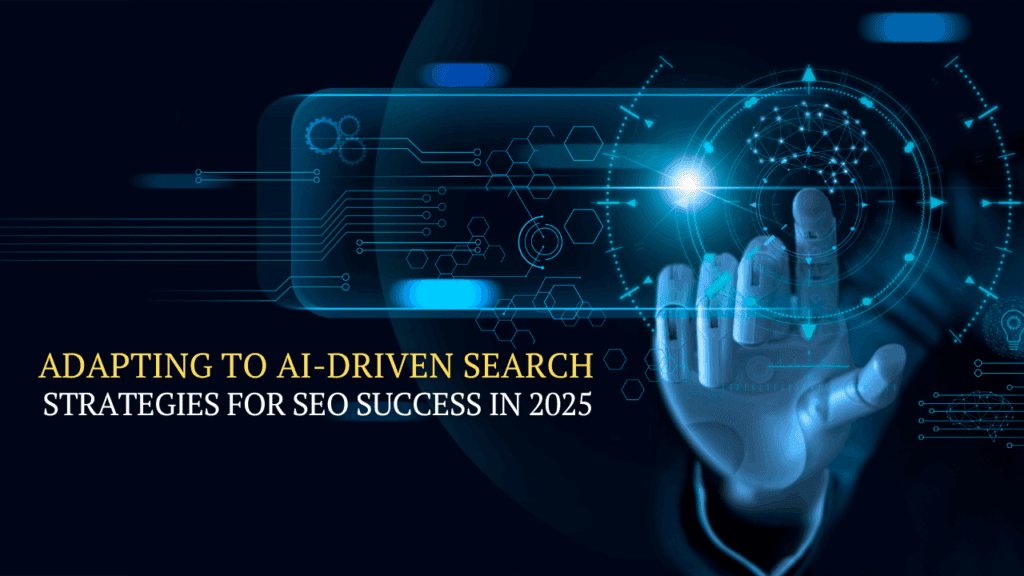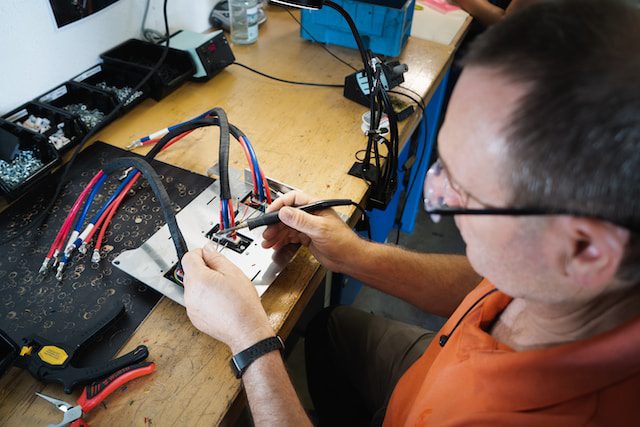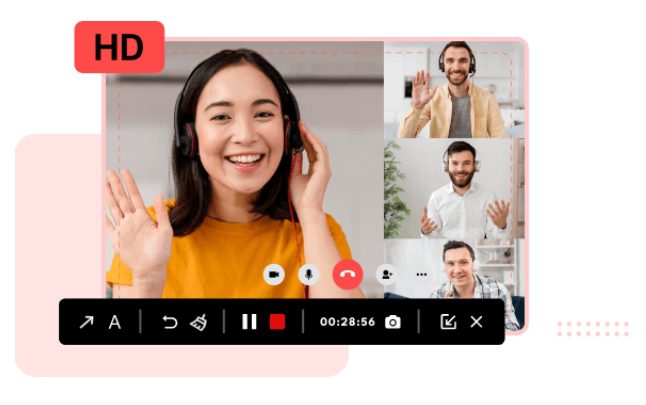
In 2025, search engines will no longer just match keywords they will think. With AI revolutionizing user searches, businesses have to reimagine their digital strategies if needing to be seen by Internet users. The most successful businesses in this AI search-heavy marketplace are those that have embraced smarter and data-driven SEO Services.
As AI becomes a greater base of intent analyses as well as a better judge of context and user behavior, traditional methods of SEO are fast becoming obsolete. Marketers will need to get an understanding of how SEO services can adapt to AI algorithms that prioritize relevance and personalization in order to survive in the new landscape.
Understanding the Shift: The Rise of AI-Driven Search
Artificial Intelligence is transforming search engines from simple keyword matchers into sophisticated intent detectors. Google’s AI models like RankBrain, BERT, and Search Generative Experience (SGE) analyze meaning rather than just words. This means websites must focus on delivering value-rich, intent-based content.
What Makes AI Search Different
- It focuses on user intent, not exact keyword matches.
- Machine learning helps predict what might be the best answers.
- It understands context, synonyms, and relationships between topics.
- It gives priority to personalized and conversational content.
For any brand to successfully make it, it needs to go beyond the traditional SEO techniques and try optimizing for meaning instead of just keywords.
AI Search Optimization Key Strategies
Adapting for AI search optimization means rethinking content creation, structuring, and distribution. Let’s focus on some strategies that will keep us competitive.
1. Work With Intent, Not Words
Programs with an AI interface are not processing queries by what the user types but rather by what the user means. So instead of singular keywords, strive with content concerning why a user is searching.
Some tips to optimize for intent:
- Create content that targets certain user problems.
- Should include FAQs that give answers to direct related queries.
- Use structured data to illustrate the intended purpose of your content for AI.
Your rankings go up if Google’s AI judges your content as the “best fit” for a query.
2. Conversational and Voice Search Optimization
The AI-assisted voice search is growing big because of assistants such as Alexa, Siri, and the Google Assistant. Now, people give queries in a rather natural, flowing, and conversational tone. If you manage to optimize your site for a voice-driven query, you might enjoy an advantage.
Voice Optimization Best Practices:
- Use full-sentence, natural language questions.
- Include answers given in the featured-snippet style (concise and direct).
- Block up speed for mobile devices.
By having content that reflects people’s way of speech, you are one step away from perfecting how the AI interprets the searches.
3. Increasing Content Depth and Semantic Relevance
The AI prefers content that is rich in context and depth, as opposed to a shallow, keyword-based blog. Instead of shallow blog posts based on keywords, deep, authoritative pieces are coming in-theory-to-hat every facet of the subject’s viewpoint.
How to Increase Semantic SEO:
Set the following techniques in motion for your AI SEO content on a regular basis:
- Use related terms and concepts naturally throughout your article.
- Interlink related topics on your website.
- Use an expert’s quote or statistics for reliability.
For instance, in a blog on “AI content strategy,” one can also mention “machine learning in marketing,” “predictive SEO,” or “AI-driven analytics.”
4. Build Robust Technical SEO for AI Crawlers
Indeed, even the smartest content with a confused technical background does not stand tall. AI-powered search engines take into consideration the performance of a site and its usability, and also its information architecture whilst ranking it.
Technical SEO Essentials:
- Fast loading, mobile friendly pages.
- Clean site architecture, internal linking.
- Schema markup to help AI in interpreting your content.
- Secure (HTTPS) and accessible pages.
Such factors allow search engines to efficiently analyze, index, and give precedence to your pages.
5. Use Data and Analytics to Keep Yourself Ahead
Reasoning goes that SEO cannot exist without data, much like AI. Employ analytics to identify trends and observe the behavior of the customer to predict what he requires next.
Analytics helps with:
- Identifying high-performing pages for replication.
- Monitoring bounce rate and dwell time (AI rank signals).
- Testing new keywords and content formats.
Quick analysis and adaptation keep your SEO strategy future-proof.
6. E-E-A-T Builds Trust and Authority
AI now considers content truly on the basis of experience, expertise, authoritativeness, and trustworthiness. It is on these grounds wherein Google would like to prioritize credible and verified information.
How to improve E-E-A-T:
- Put out content comprising or reviewed by an expert.
- Show author bios and credentials.
- Use credible sources and outbound links.
- Collect client reviews and real testimonials.
Trust is, in fact, a ranking factor in the emergent AI-dominated age.
7. Visual and Multimedia Optimization
With AI-generated search results showering so much attention on visual and interactive content, images, videos, and infographics can just as eagerly receive a higher rank as the text-based content-if well optimized!
Visual optimization includes the following:
- Descriptive file names and alt text.
- Transcripts for videos and captions for images.
- Compressing files to improve loading times. To keep users engaged, multimedia-rich pages assist AI to get the contextual clue of the content better.
8. Human + AI Collaboration for Content Creation
Modern marketers are employing AI tools to complement their creative processes rather than to replace it. AI can be used to suggest topics or make readability easier, but human input is necessary to keep a spirit of authenticity and bind the content with emotion.
Smart content workflow:
- Keyword and topic discovery by AI.
- Outlines are drafted based on AI insights.
- Human intervention: Creativity, storytelling, brand voice.
- Final edits to increase SEO value.
Such equilibrium brings about content that performs good search-based marketing-wise and on a Real person basis.
9. Future-Proofing Continuous Learning
The AI updates keep coming, and what works now might be evolved tomorrow. Keeping yourself informed and adaptable is the recipe for long-term visibility.
Keep your SEO up-to-date:
- Follow Google’s AI and algorithm updates.
- Regularly test and measure new content strategies.
- Become a member of SEO communities and attend webinars on digital marketing.
The more elastic your SEO, the smoother you will get through adopting new technologies.
10. Employ Cutting-Edge SEO Practices for the AI Era
The future of SEO is fluid, underpinned by data, and powered by intelligence. To succeed, a marketer must apply human creativity coupled with advanced technology. By using SEO strategies for AI era, businesses must be able to gain visibility, seek authority, and attempt to bring in organic traffic that effectively converts.
Do remember-the aim is not to work against AI but to work along with it. Work with smart automation, semantic optimization, and meaningful engagement to make it through this changing scenario.
Conclusion
Search is changing fast, while those who are adapt will ones be leading. From understanding intent and conversational queries to enhancing E-E-A-T and technical SEO, marketing your SEO for AI search should effectively be considered. AI search in exchange rewards authenticity, user value, and adaptability-not keyword tricks.
It’s time for you to bring your digital strategy up to date. Step in- partnering with an SEO Service that understands the future of search and will guide you to build long-term online visibility. Be proactive. Be optimized. Be ahead in intelligent-search times.



